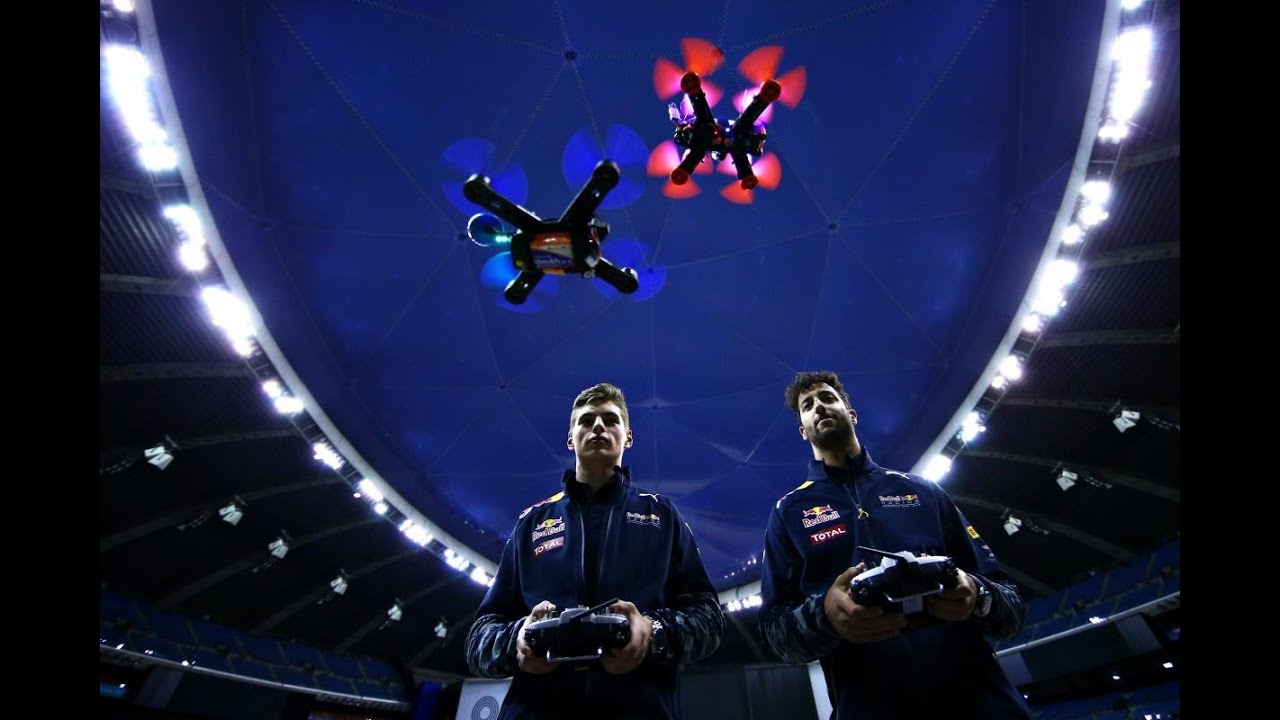With drones becoming increasingly popular and affordable over the past few years, a new extreme sport has emerged – racing drones. What started as a hobby for enthusiasts has turned into a highly competitive activity with organised leagues and tournaments around the world. Let’s take a closer look at the thrilling world of racing drones.
The Basics of Racing Drones
Drones designed specifically for racing are much lighter and smaller than traditional camera drones. The most common type is the multirotor drone which has 4 or more rotors arranged in a cross pattern. These drones use brushless motors and lightweight lithium polymer batteries to achieve high speeds.
Racing Drones come in different classes based on size – some of the popular classes include Micro (<250g), Mini (<500g) and Open (no weight limit). Drones in smaller classes are more agile but less durable. An average racing drone weighs around 300-500g and can go up to speeds of 80-100 kmph.
Beyond just the drone itself, pilots need radio transmitters to control the drones during flight. Most transmitters have throttle, yaw, pitch and roll controls linked to sticks along with additional buttons and switches. Specialized goggles allow pilots to see through cameras mounted on the drones for precise maneuvering.
Competitive Racing Leagues
Over the past few years, organized drone racing leagues have started popping up internationally. One of the largest leagues is the Drone Racing League which hosts events across the U.S. and broadcasts races on major sports channels. Pilots qualify through online tournaments to compete at live events.
The live drone racing events pack the excitement of traditional motor sports into a compact arena. Thousands of spectators gather to watch pilots deftly maneuver their drones through complex three-dimensional courses at breathtaking speeds. High-definition on-board cameras on each drone beam a pilot’s eye view onto massive screens giving the audience an immersive feel of being in the sky. Carefully designed courses incorporate different elements like rings, gates, tunnels and obstacles to test pilots’ skills. The tight pack racing and hair-raising near collisions through the courses send rush of adrenaline through both pilots and viewers. Big cash prizes at stake and roaring crowds cheering pilots further raise the stakes at these competitive live events.
While DRL leads the professional league circuit, grassroots drone racing organizations have sprung up worldwide bringing the sport to a local level. Groups like MultiGP and Drone Racing League partner with flying clubs and schools to host regular competitive events open to pilots of all skill levels. Their events follow internationally standardized formats and rules with courses set up in open fields or multi-purpose halls. Well-attended weekend meets give amateur pilots a platform to test skills, make new friends and upgrade equipment before aspiring to compete at bigger leagues. Drone simulators also help pilots hone skills without the need for an actual craft, important for newcomers.
Building and Tuning Drones
Beyond just flying readymade drones, many enthusiasts take pleasure in designing and assembling their own crafts. The process of carefully selecting components, soldering electronics and fine-tuning settings offers creative challenges.
Building a drone from scratch requires knowledge of aerodynamics, mechanics and tuning. Pilots research frame designs suited for different styles of flying before selecting carbon fiber or 3D printed parts. Brushless motors sourced from leading manufacturers like Emax and DYS then get mounted on the frames along with speed controllers, video transmitters and receivers. Careful balancing of individual component weights achieves a center of gravity for optimal maneuverability. Programming “flight controllers” with assisted flight modes helps stabilize beginner drones during shaky first flights. Over time, pilots graduate to open-source controllers offering deeper customization of settings like throttle curves and tune performance for different conditions. Repairs from crashes also keep manufacturers of replacement parts busy!
Another popular tuning aspect involves tweaking propeller designs for desired characteristics. Variables like pitch, size, material and direction of rotation impact drone handling. For example, stiffer propellers lend more control at higher speeds while softer ones absorb vibrations better. Experienced pilots spent hours testing tiny adjustments to props, motors and battery weights competing at the cutting edge. Such technical aspects involving mechanics, electronics, programming and testing showcase the depth of skills aeromodelling hobbyists develop through drone racing. This has also led to a flourishing industry around high-performance racing drone components.
The Future of Racing Drones
With increasing technological developments and the advent of drone delivery systems, racing drones could evolve into competitions involving autonomous racing without human pilots. Automated racing has already begun at some events highlighting evolving capabilities of AI systems. Meanwhile, first-person view (FPV) drone technology popularized through racing has significantly impacted filmmaking too. As interest in drone racing grows, we can expect the sport to become even more competitive with new innovations aimed at pushing limits of speed, maneuverability and challenges of both human and AI pilots in the future. Exciting times await drone racing fans as this extreme sporting spectacle keeps growing to greater heights worldwide



